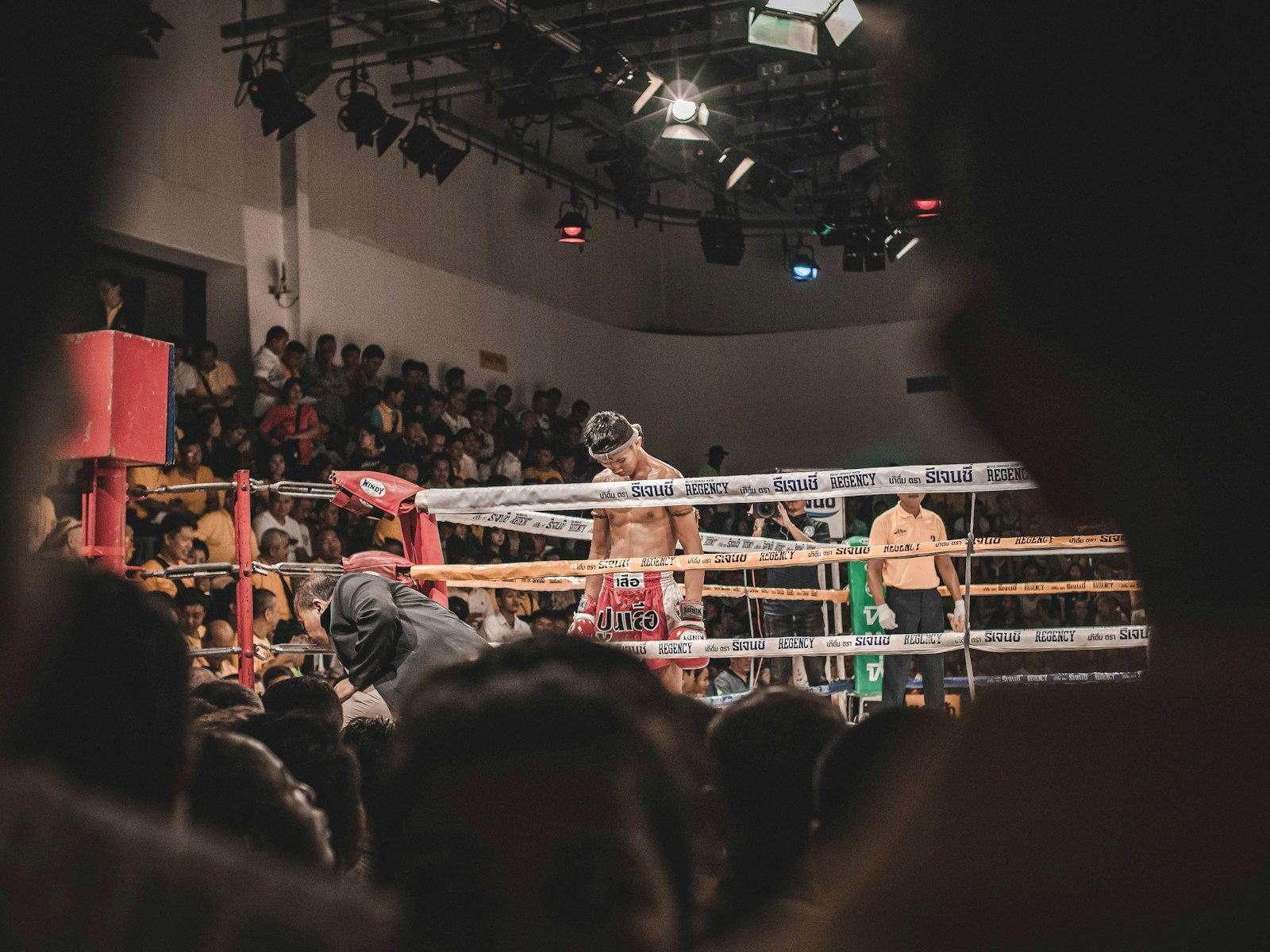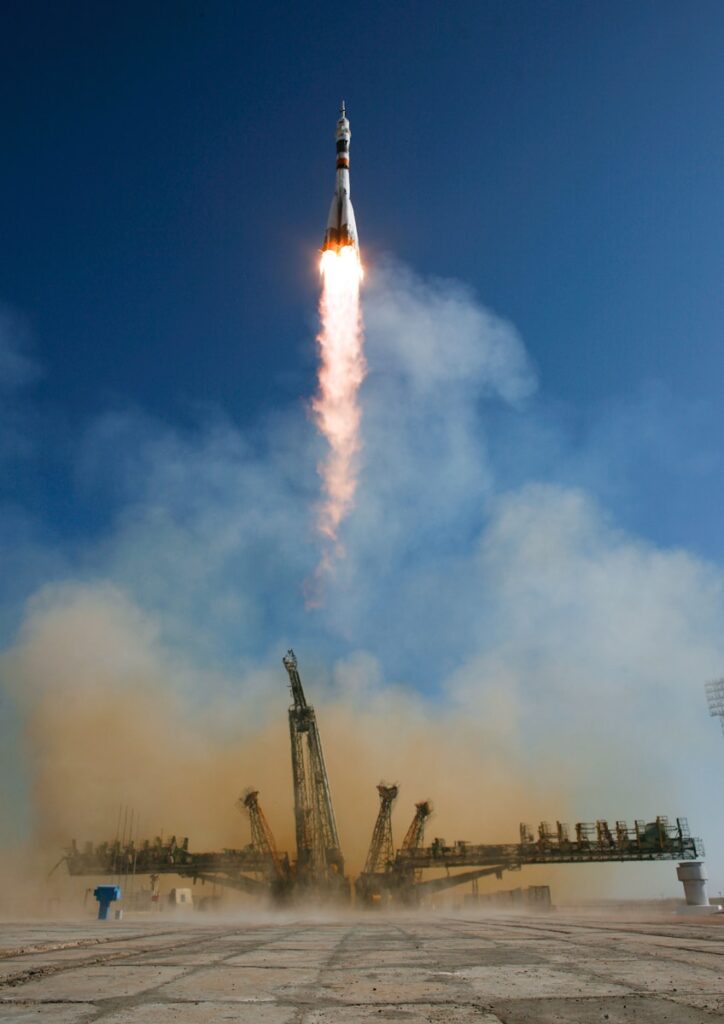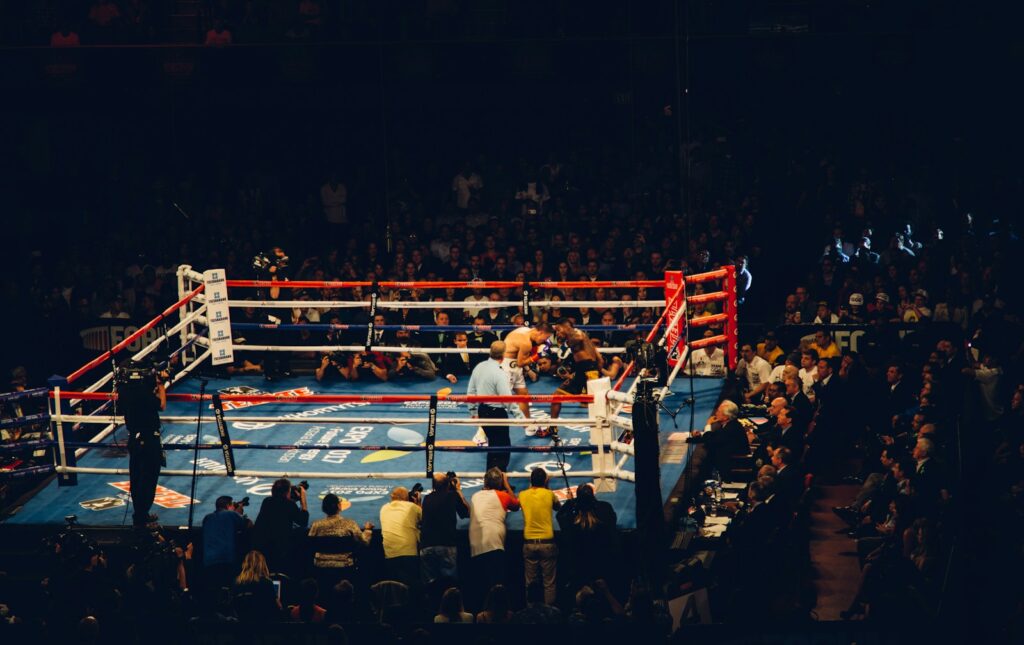
A Legendary Career Comes to an End
For over three decades, The Undertaker, portrayed by Mark Calaway, captivated audiences around the world with a character that became one of professional wrestling’s most iconic personas. Debuting in 1990, the “Deadman” quickly rose to prominence and remained a central figure in WWE for thirty years. Fans came to believe his presence would last forever, a symbol of resilience and longevity in the squared circle.
His official retirement on November 22, 2020, at Survivor Series marked the conclusion of an extraordinary career. Yet his decision to step away from the ring was not simply symbolic. It was the outcome of accumulated physical strain, medical challenges, and personal choices that made a return impossible.

The Physical Toll of Wrestling
The Undertaker’s career was defined by endurance and dedication, but decades of high-impact performances took a lasting toll on his body. Countless matches across WWE’s most demanding stages gradually led to wear and tear that few athletes could endure. His later years were marked by a clear decline in physical strength and mobility, the inevitable cost of performing at the highest level for so long.
These challenges were compounded by numerous injuries that required surgical treatment. After 2010, Calaway underwent several procedures, including a hip replacement, reflecting the depth of physical damage he had accumulated. His body became a record of both his perseverance and the immense strain of his profession.
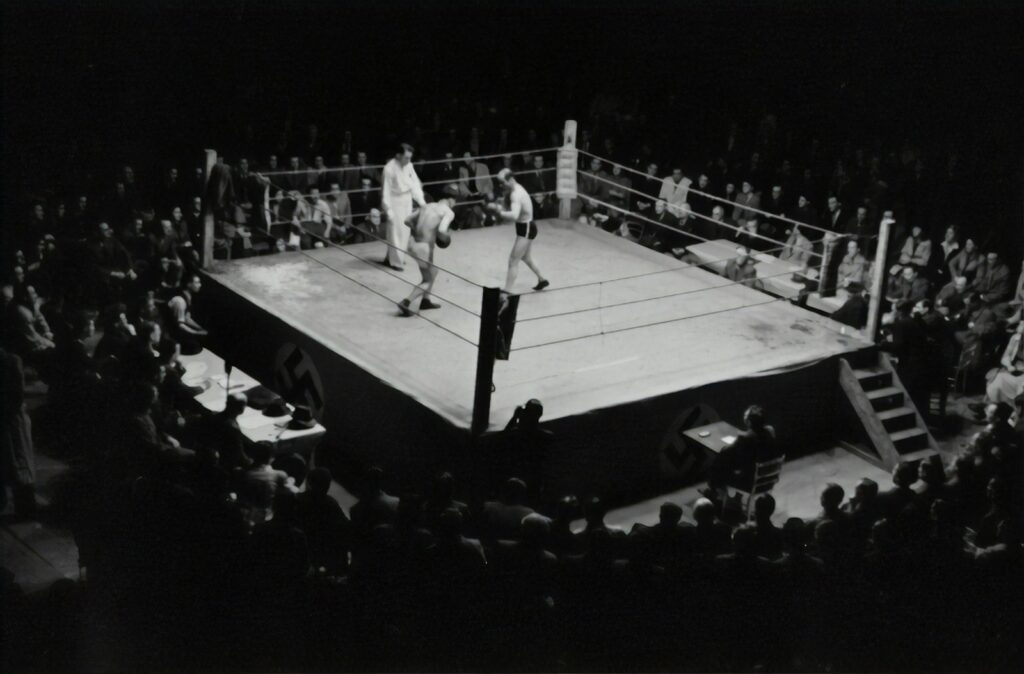
Decline in In-Ring Performance
As injuries mounted, The Undertaker’s performance in the ring inevitably changed. Matches that had once showcased agility and strength became shorter and more limited in scope. His 2018 bout with John Cena at WrestleMania 34, lasting only a few moves, highlighted this transition. While still capable of delivering moments of drama, his ability to sustain longer contests had diminished.
Calaway himself acknowledged that his body could no longer recover between appearances. The demanding WWE schedule, even reduced for a veteran, became unsustainable. Age intensified these challenges, and by the time of his retirement he was in his mid-fifties, a remarkable age to remain active in such a physically demanding role.
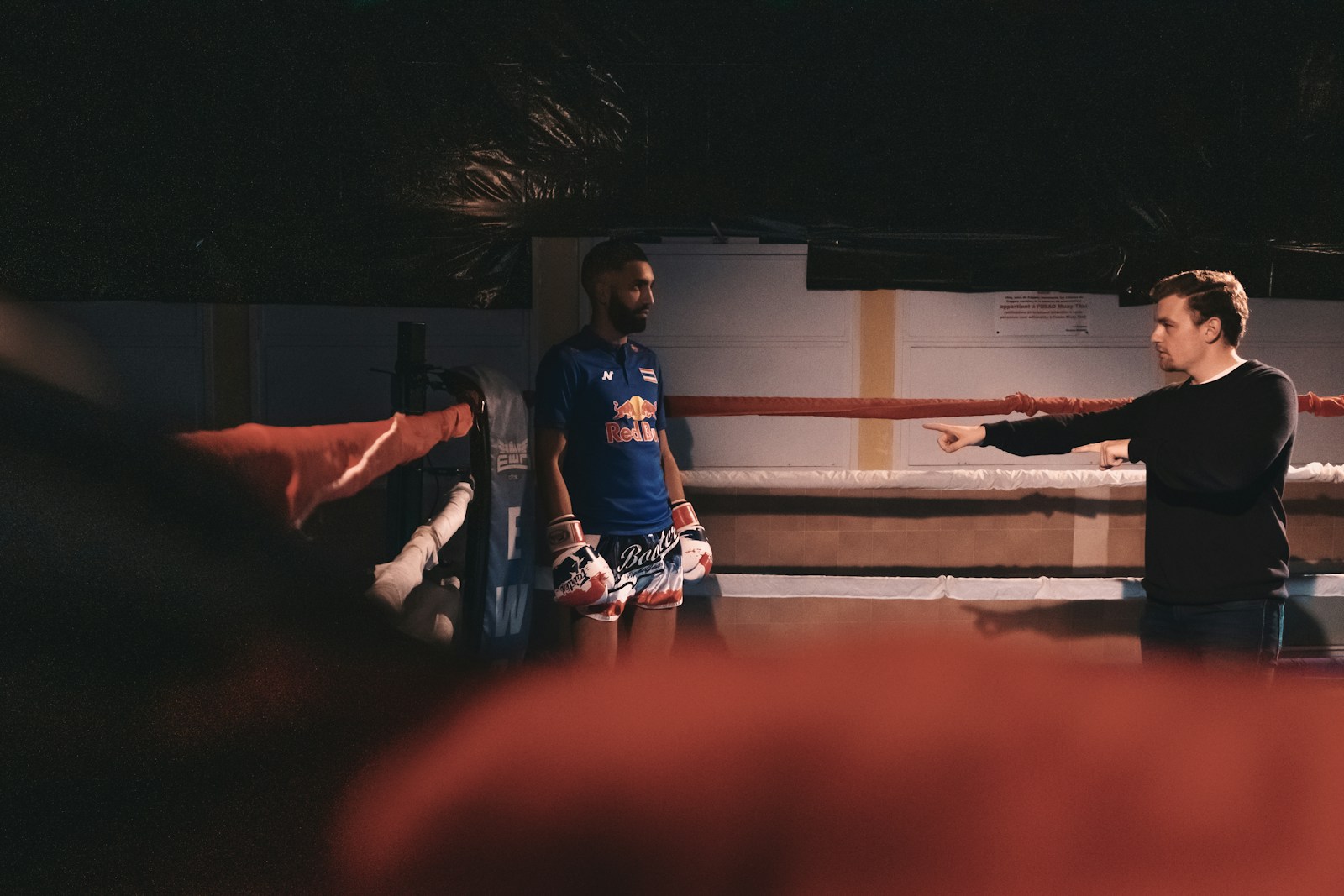
Beyond the Ring: Emotional and Practical Decisions
The Undertaker’s retirement was not driven by physical limitations alone. Emotional and personal factors played an equally significant role. On his podcast, Six Feet Under with Mark Calaway, he admitted, “In my mind’s eye, I could still go. In my heart, I wanted to go. But, I knew. I was like, ‘I’m done. I’m out of gas.’” His words reflect the difficulty of letting go of a career that defined more than three decades of his life.
His WWE contract reportedly expired in early 2019, providing a natural point for reflection. Calaway even removed WWE references from his social media at one stage and explored appearances outside the company. These actions indicated that his time as a full-time performer was ending, even if his influence on the industry would continue.
Protecting a Legendary Legacy
A central reason for Calaway’s retirement was his determination to preserve The Undertaker’s legacy. With multiple world championships and an unparalleled WrestleMania record, he had nothing left to prove. He expressed his commitment to leaving with a winning career and stated, “I will not jeopardize that part of my legacy.”
This decision ensured that fans would remember him as the dominant figure he had been, not as a diminished version struggling against time. His farewell at Survivor Series in 2020, exactly 30 years after his debut, was carefully designed to be a fitting tribute and a definitive conclusion to his legendary run.
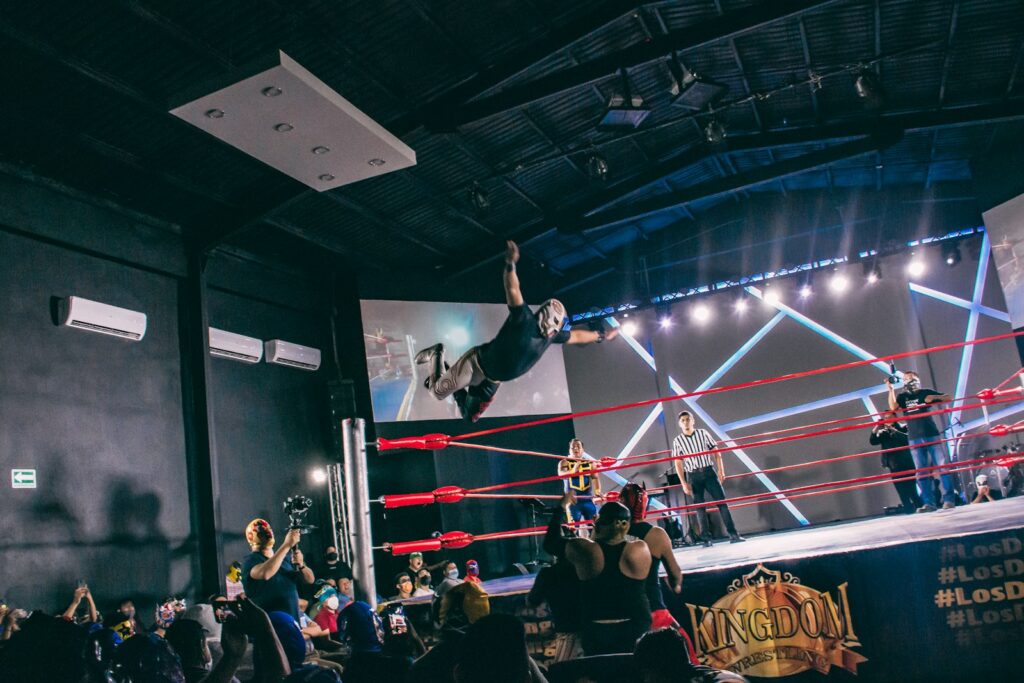
Attempts to Walk Away and Return
Retirement did not arrive without complications. Calaway originally intended to end his career in 2017 after his match with Roman Reigns at WrestleMania 33, symbolically leaving his gloves, coat, and hat in the ring. At that moment, he believed his career was complete. However, WWE Chairman Vince McMahon persuaded him to return, and he wrestled again, including a short match against John Cena at WrestleMania 34.
These returns demonstrated how difficult it was for him to truly leave the spotlight, even when his physical limits were clear. His loyalty to WWE and the pull of his character delayed the inevitable, but the reality of his situation eventually made retirement permanent.
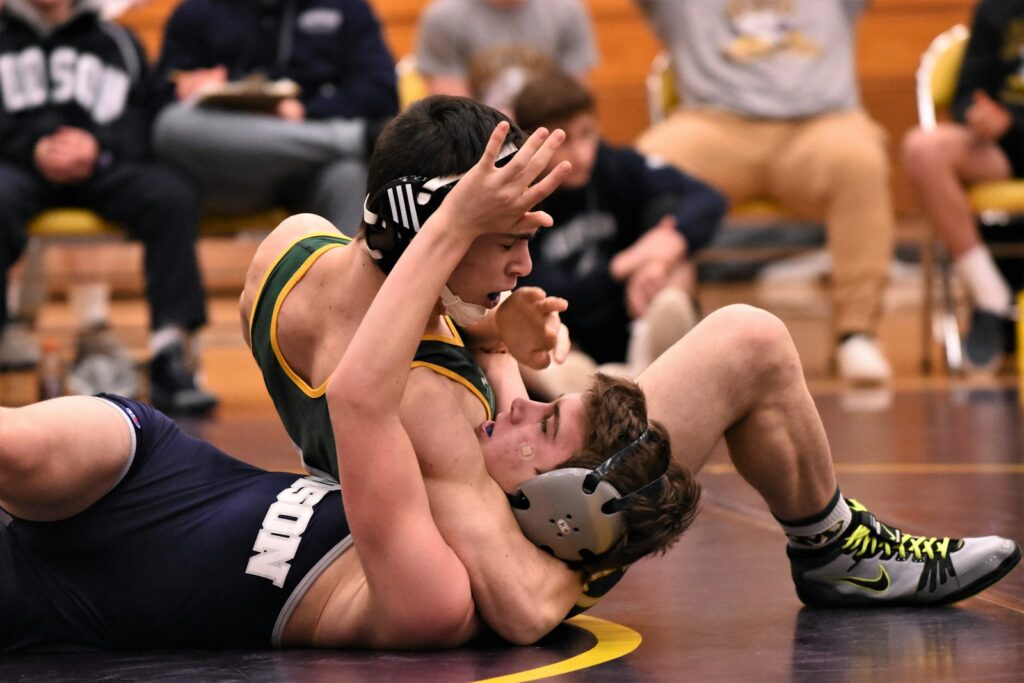
Evolving Beyond the Deadman
In later interviews, Calaway explained that his retirement was not the end of his presence in WWE but a transformation. “I retired half of my character. The hat, the coat, that whole side of The Undertaker, I retired,” he explained. Instead, he retained the “American Badass” aspect of his persona, a version that allowed him to appear in non-wrestling roles without diminishing the mystique of the Deadman.
Today, whenever he appears on WWE programming, it is as the American Badass, connecting with fans in a way that respects both his legacy and his physical reality. This thoughtful evolution has allowed him to remain part of WWE’s narrative without risking the integrity of his iconic character.
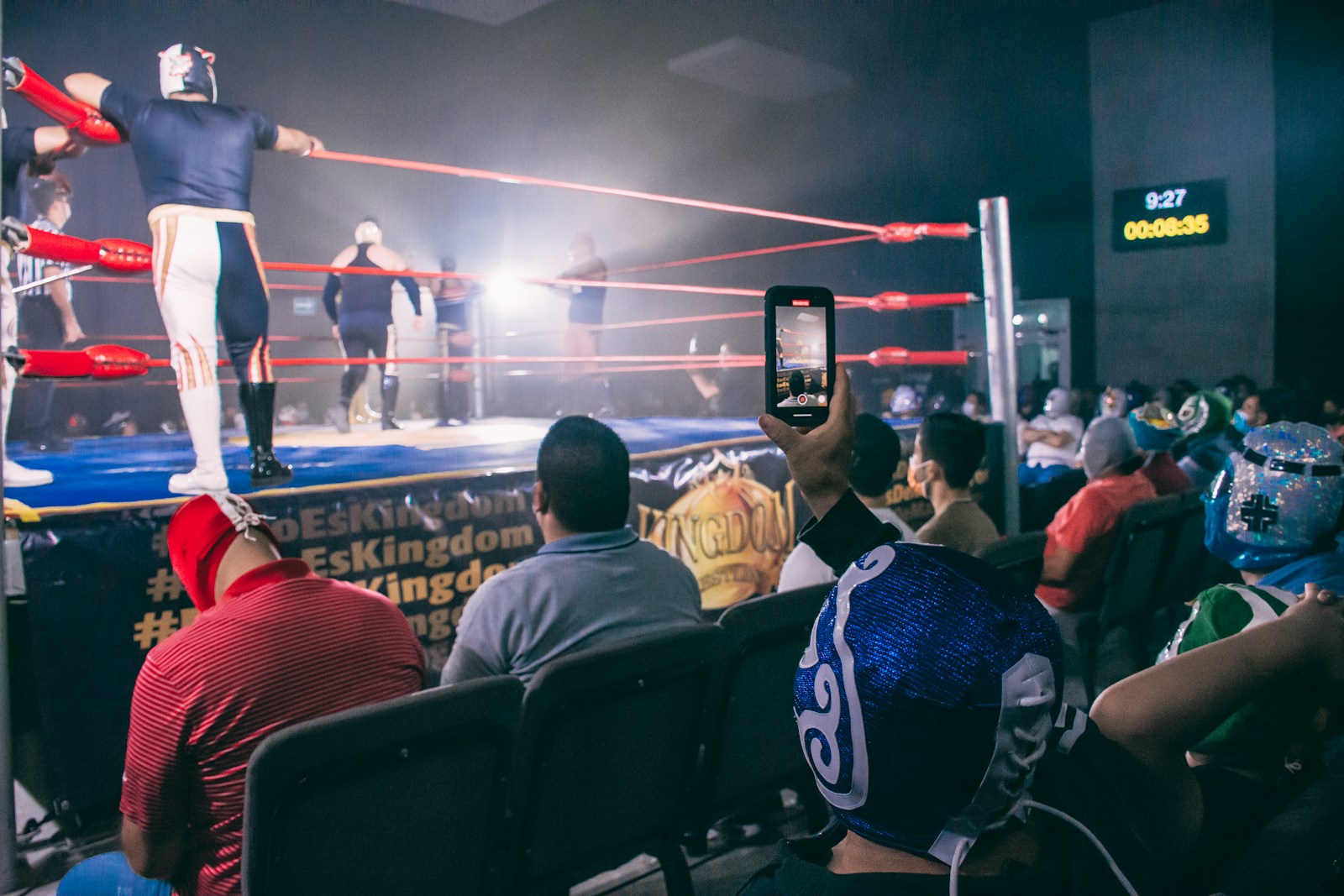
A Lasting Influence on Wrestling
Although his in-ring career has ended, Calaway continues to shape professional wrestling in significant ways. Reports confirm that he has taken on influential backstage roles, including contributions to major international promotions. In addition, he actively mentors young talent, appearing in programs such as WWE LFG: Legends & Future Greats, where he shares his experience alongside other respected veterans.
This mentoring role ensures that his knowledge and perspective will guide future generations. His presence remains a source of inspiration and authority, reinforcing his status as one of the most respected figures in the industry.
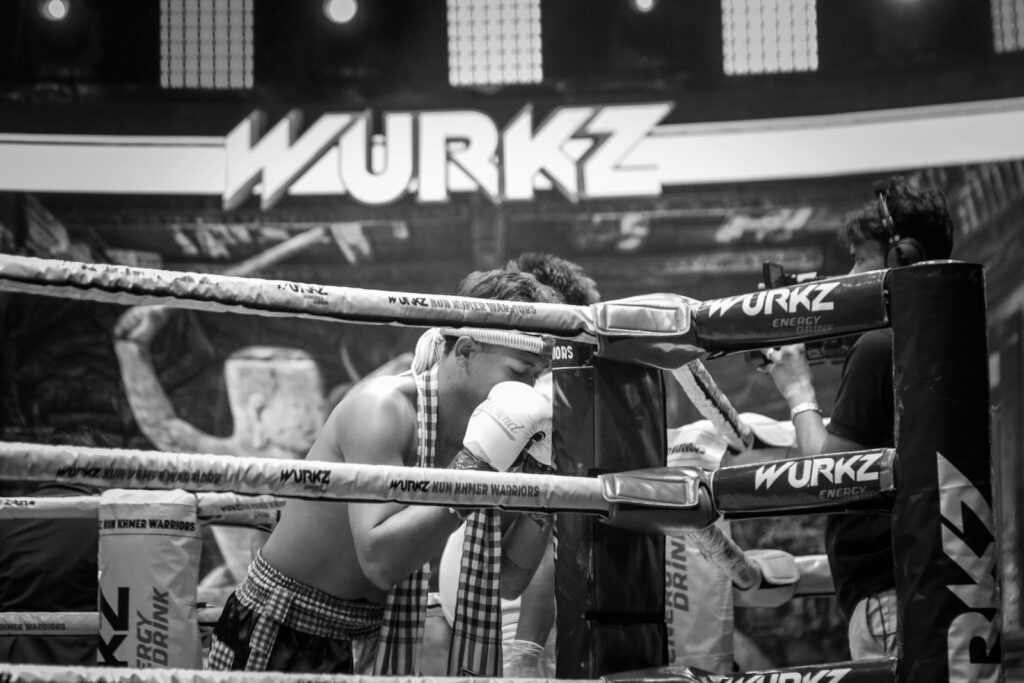
Mark Calaway’s journey as The Undertaker is a story of endurance, adaptation, and foresight. His retirement was not only about the limits of the human body but also about safeguarding a legacy that had defined professional wrestling for three decades. Although he no longer competes, his influence continues to resonate as a mentor, strategist, and enduring icon.
The Deadman may have taken his final bow inside the ring, but his impact on wrestling is far from finished.

